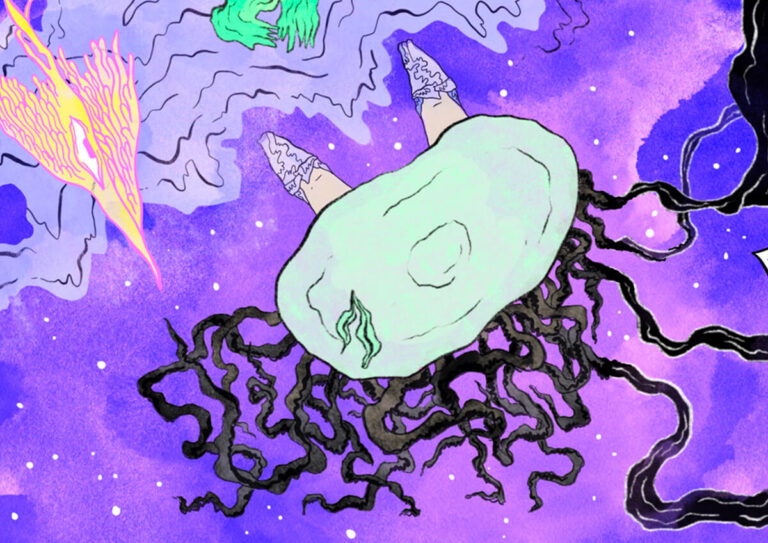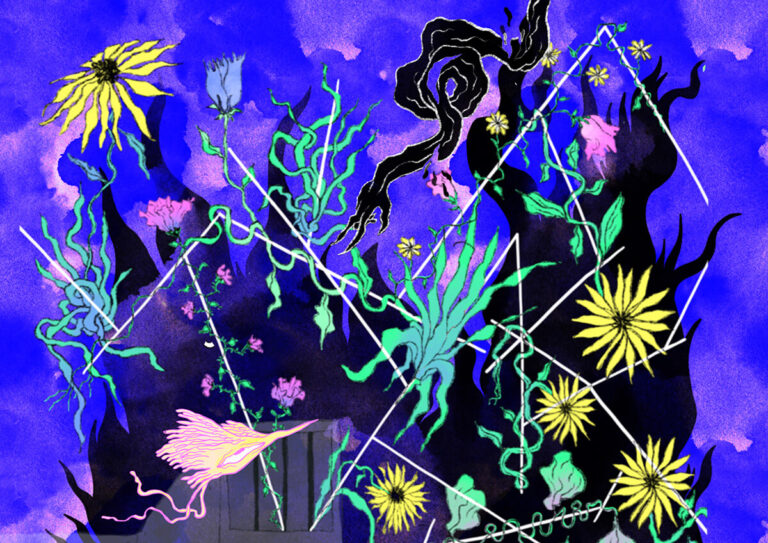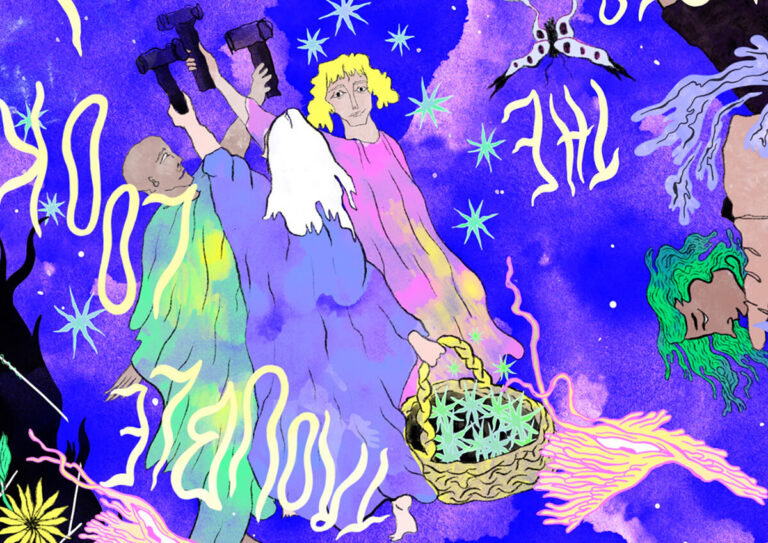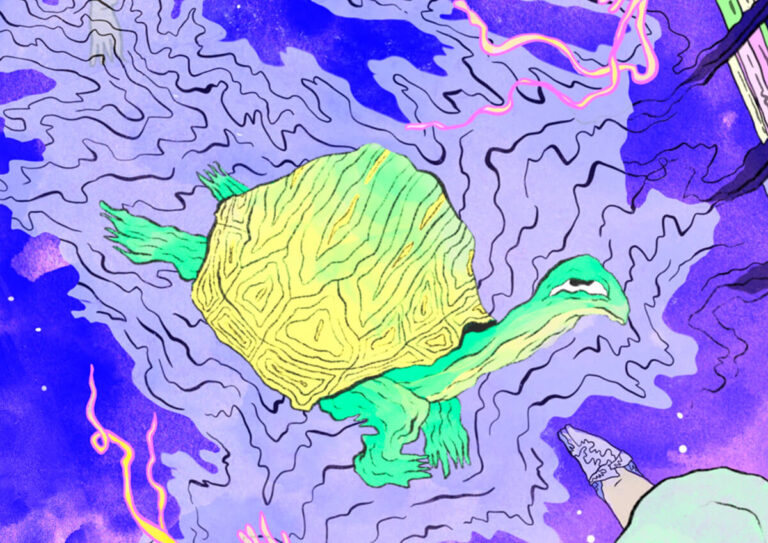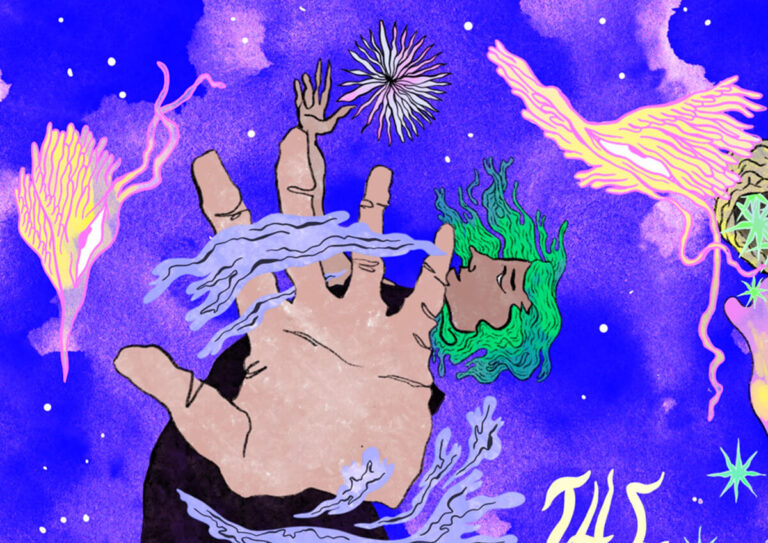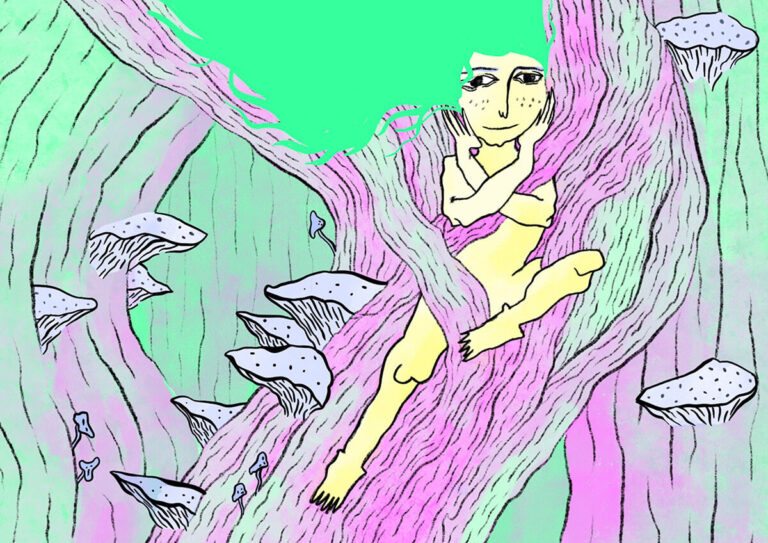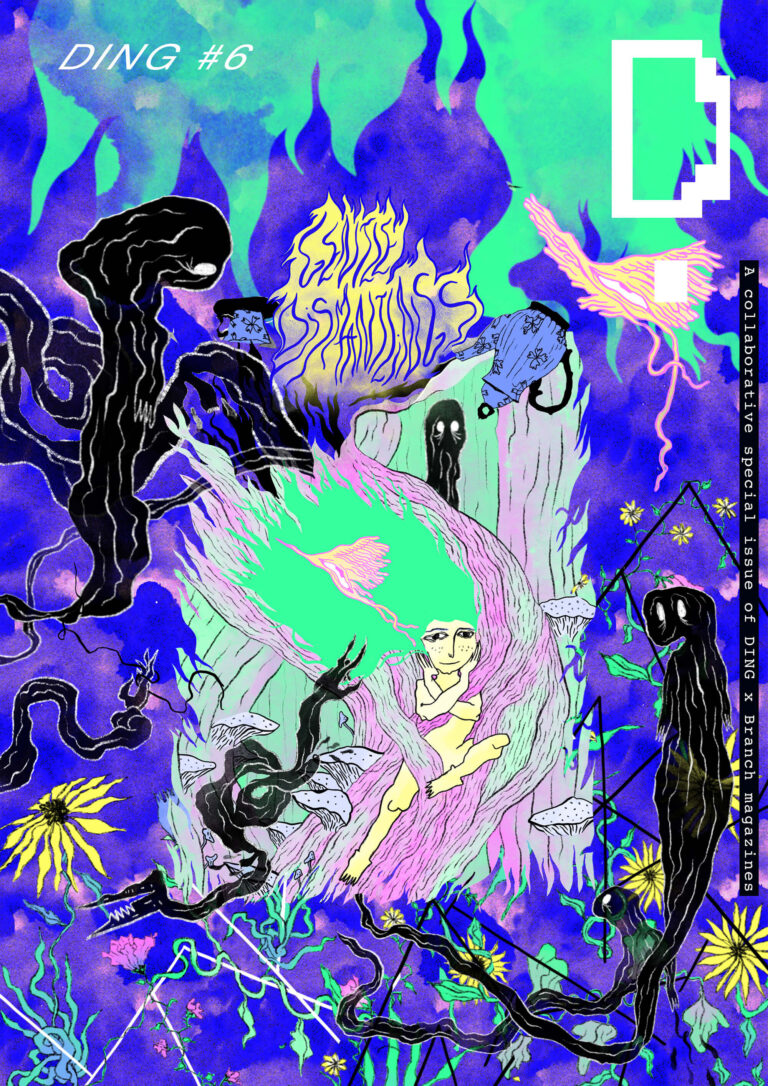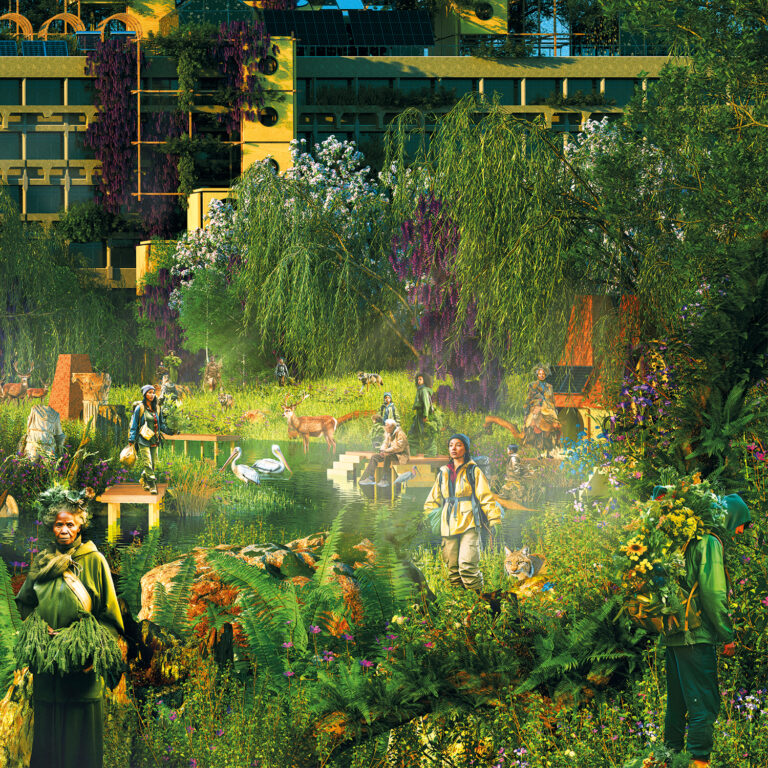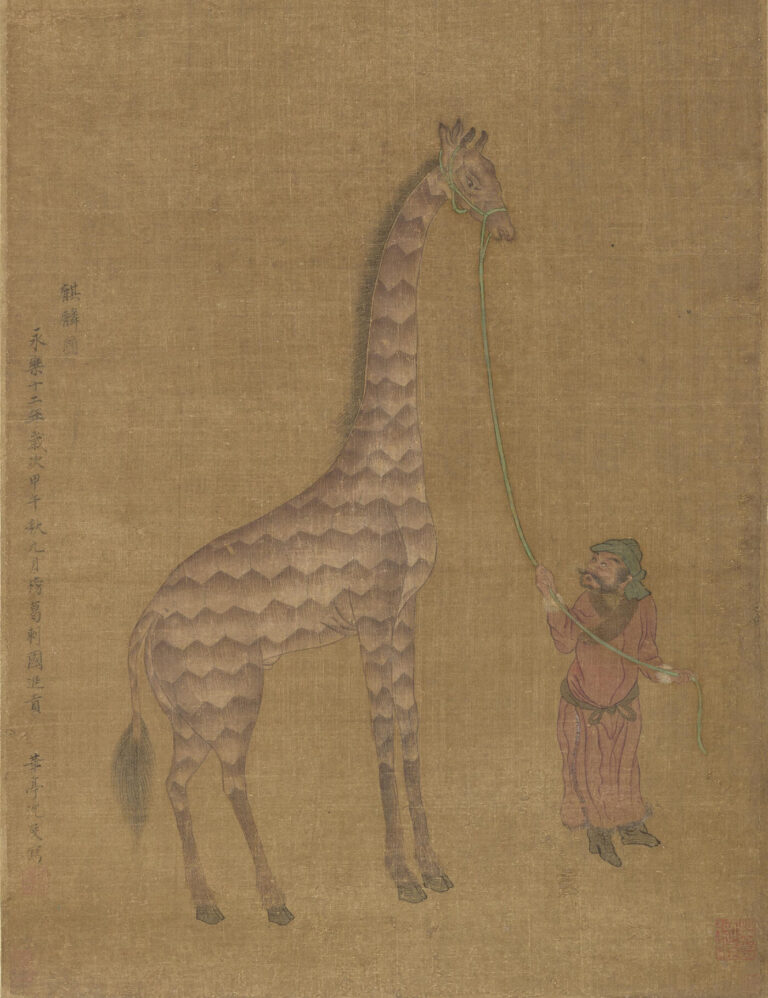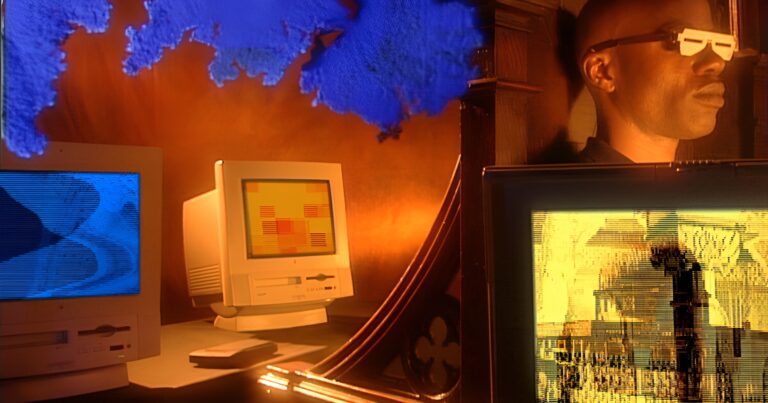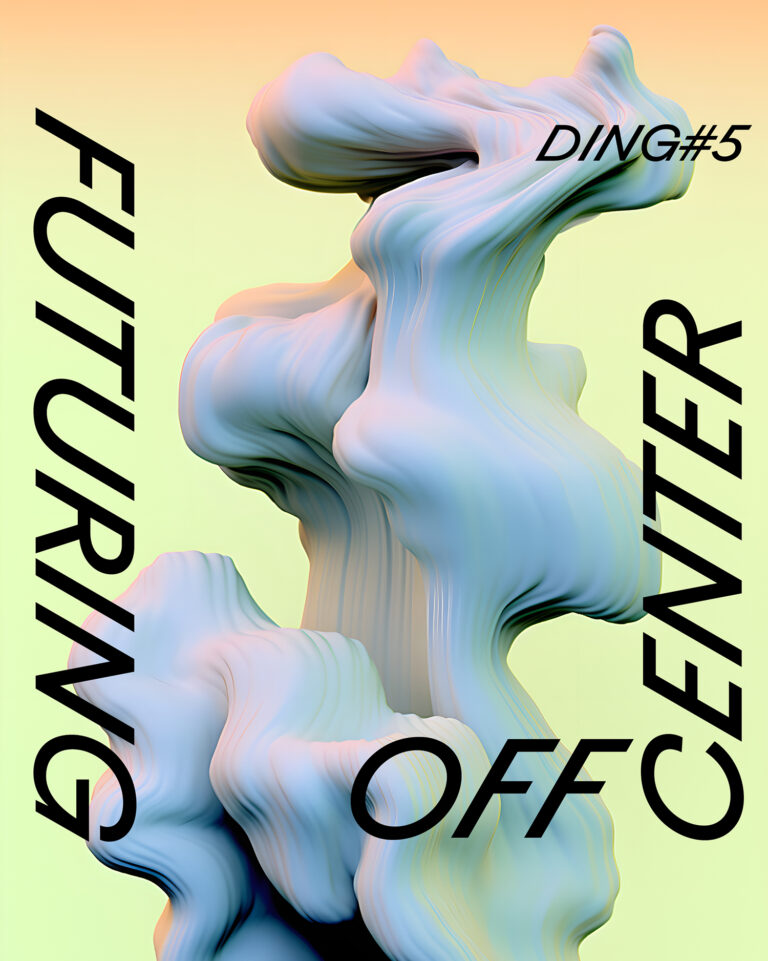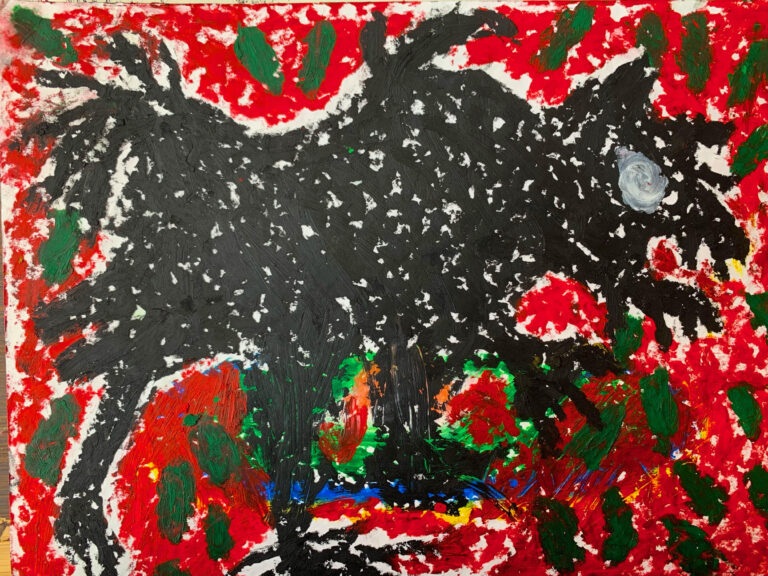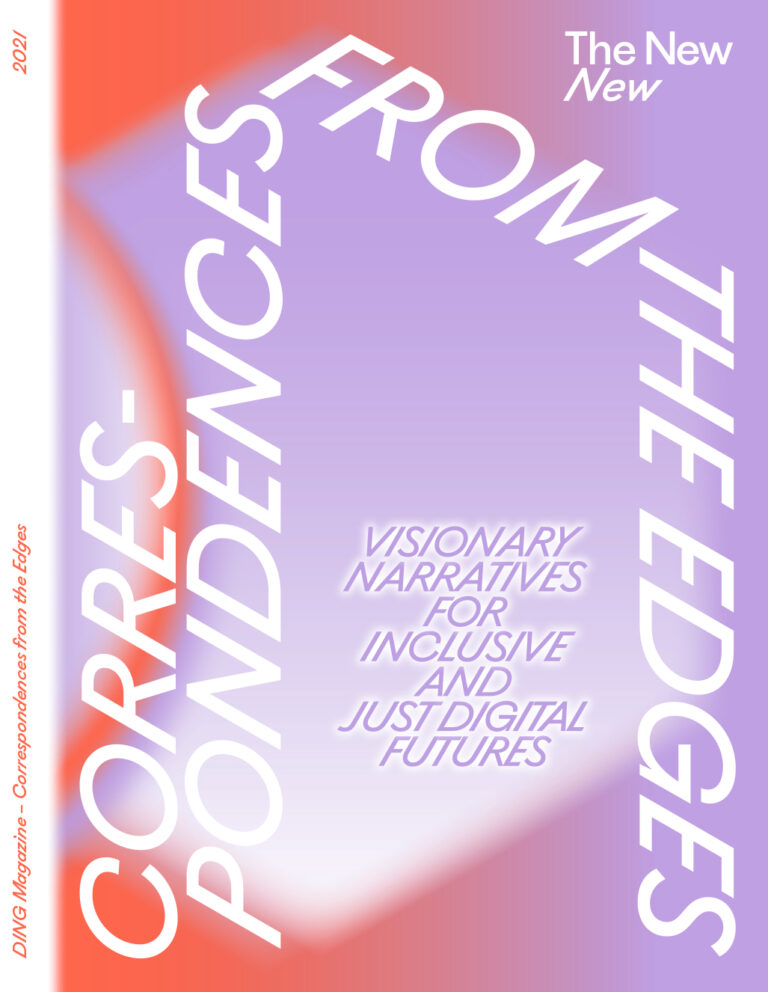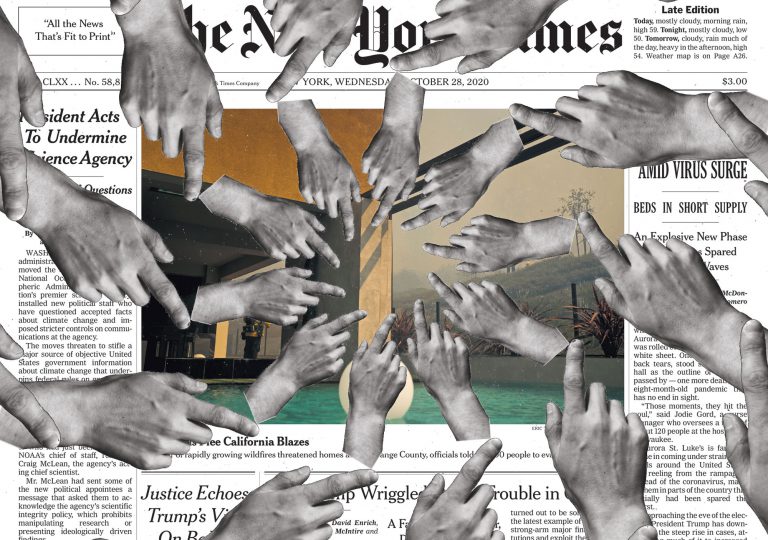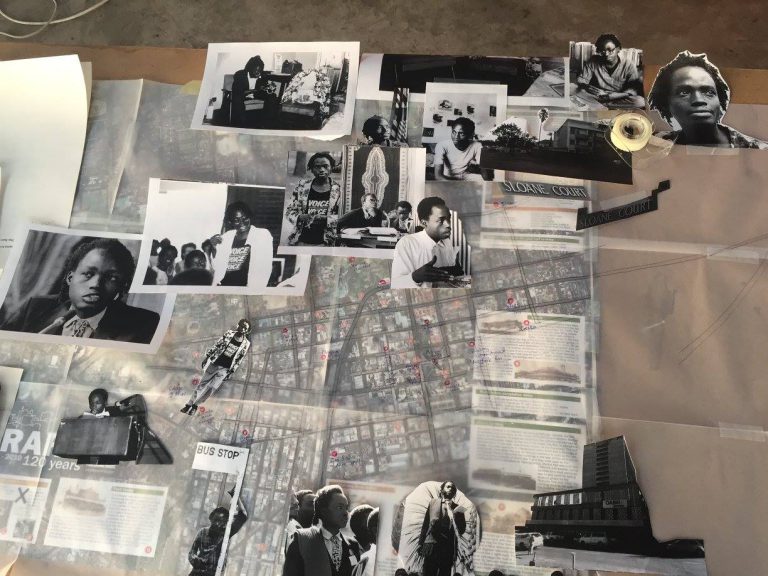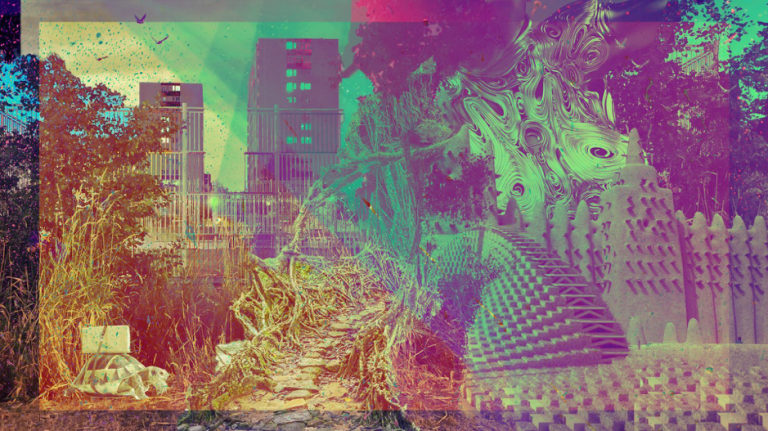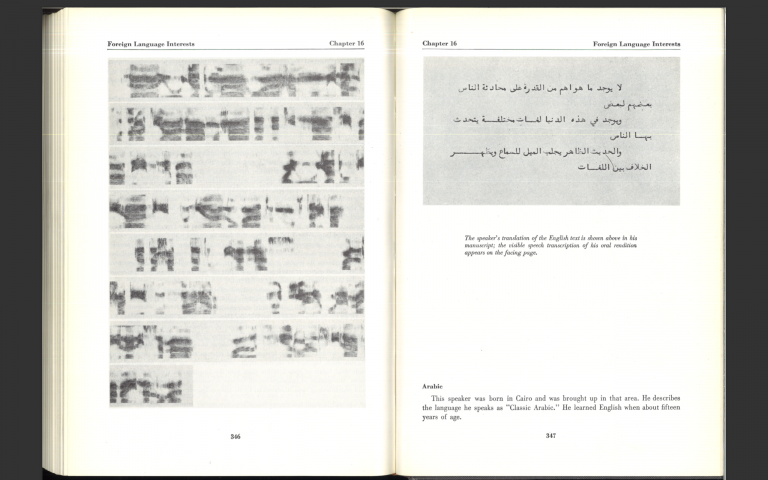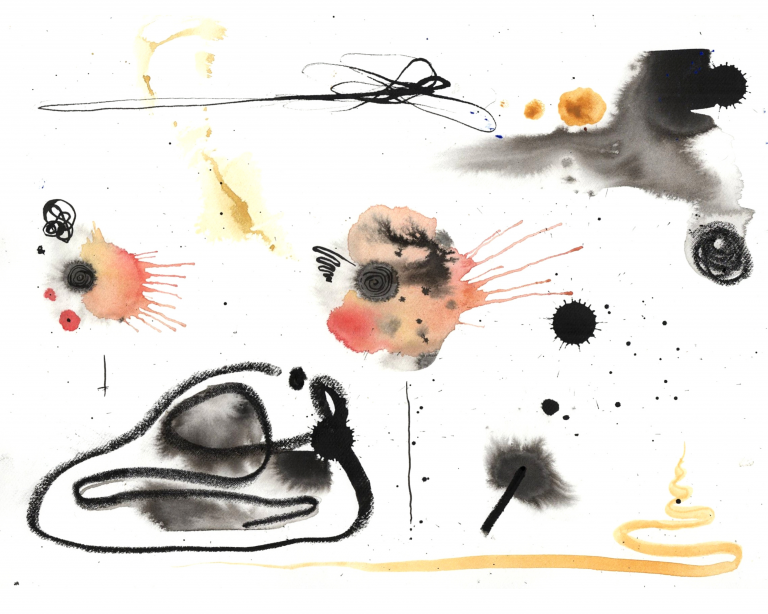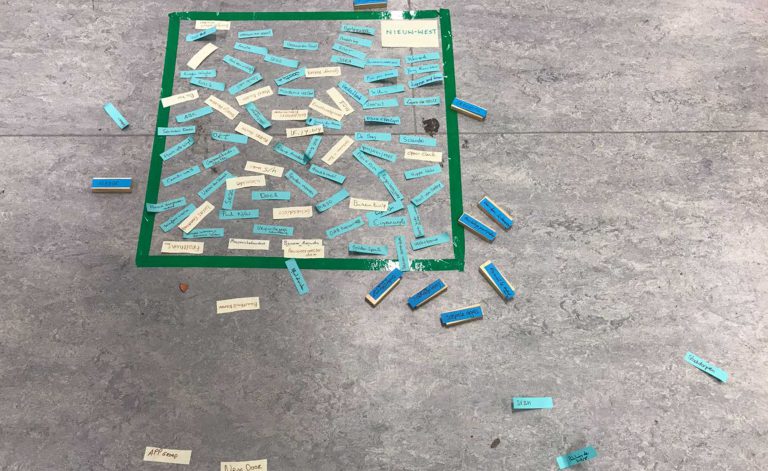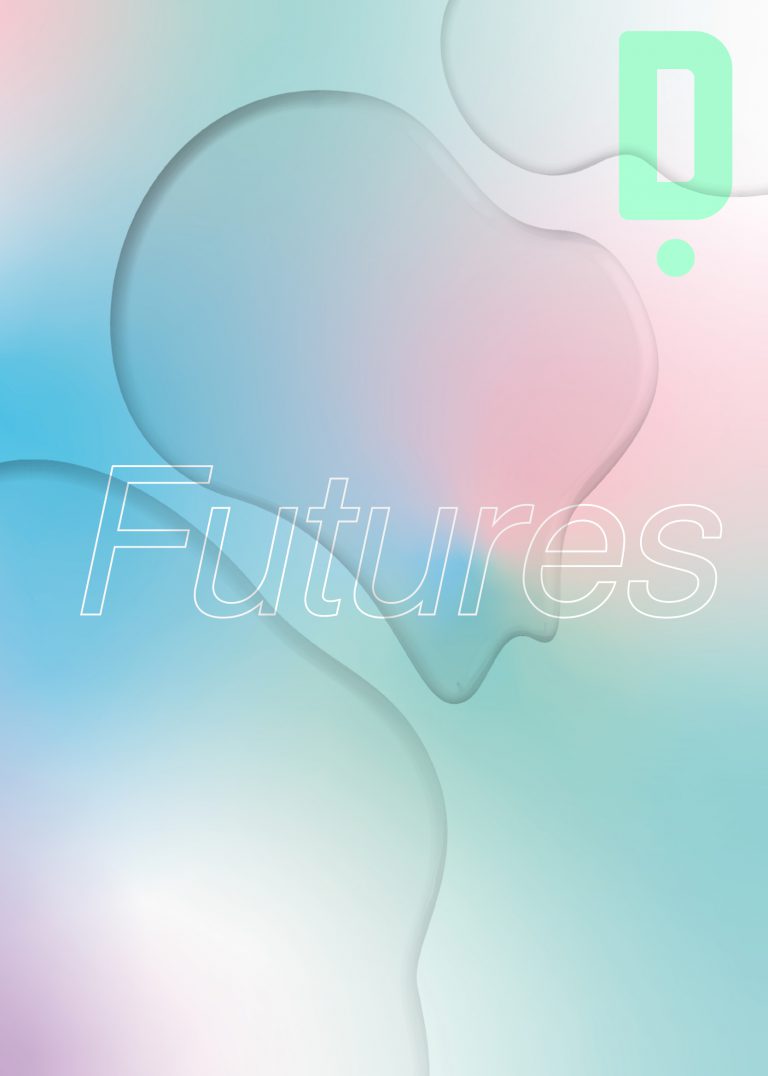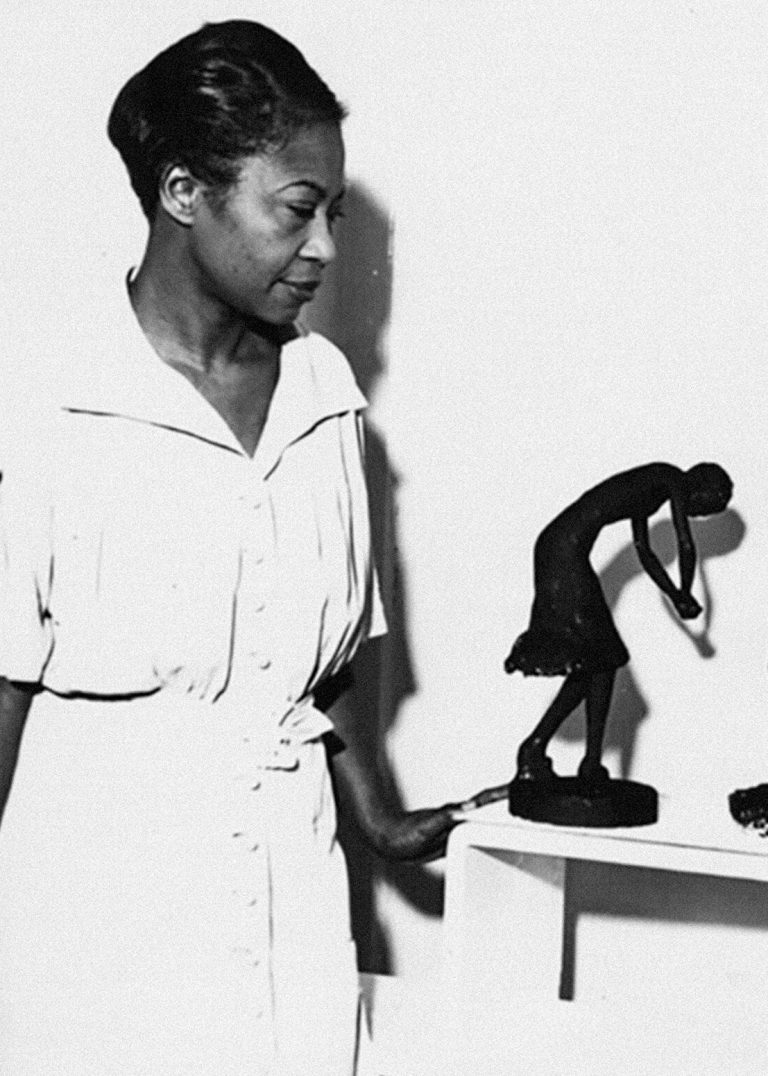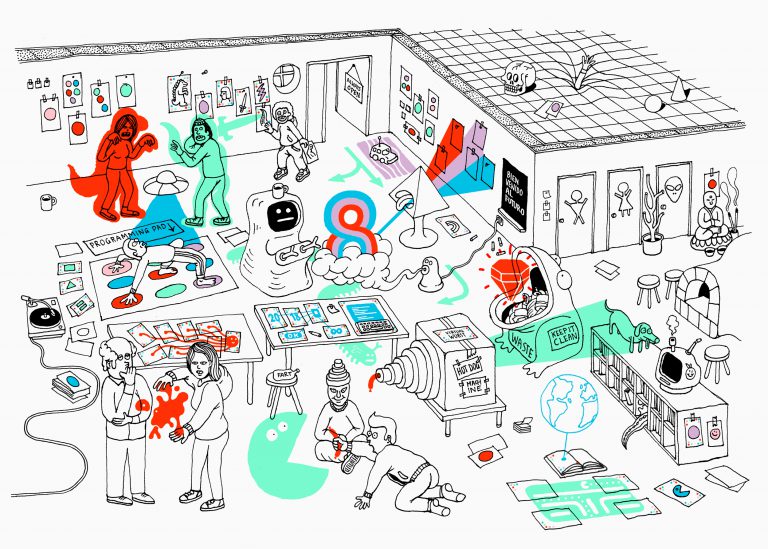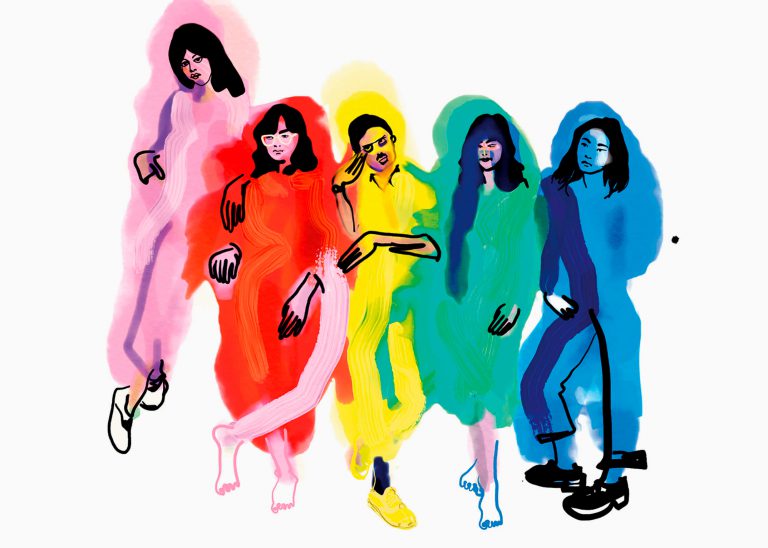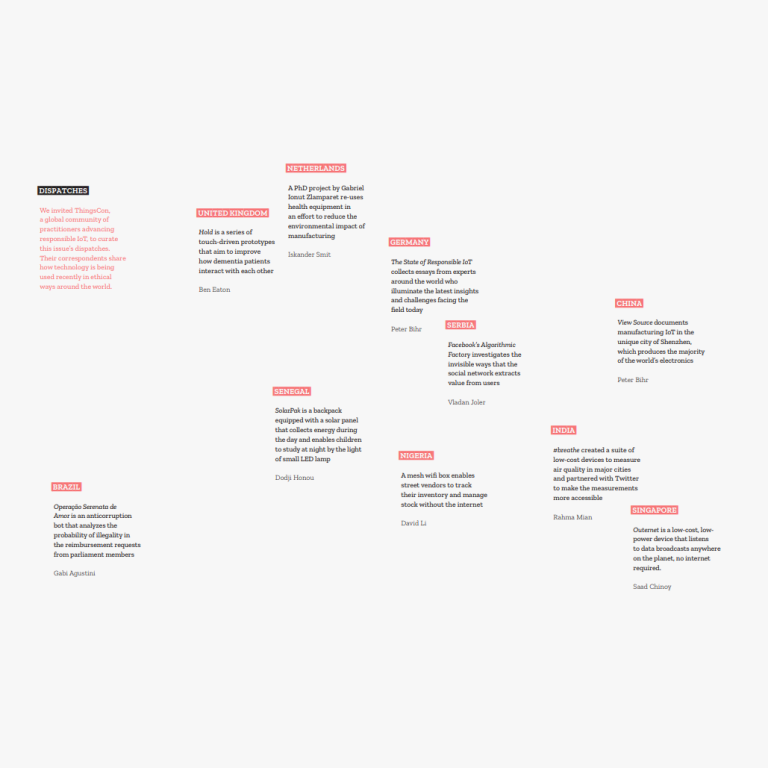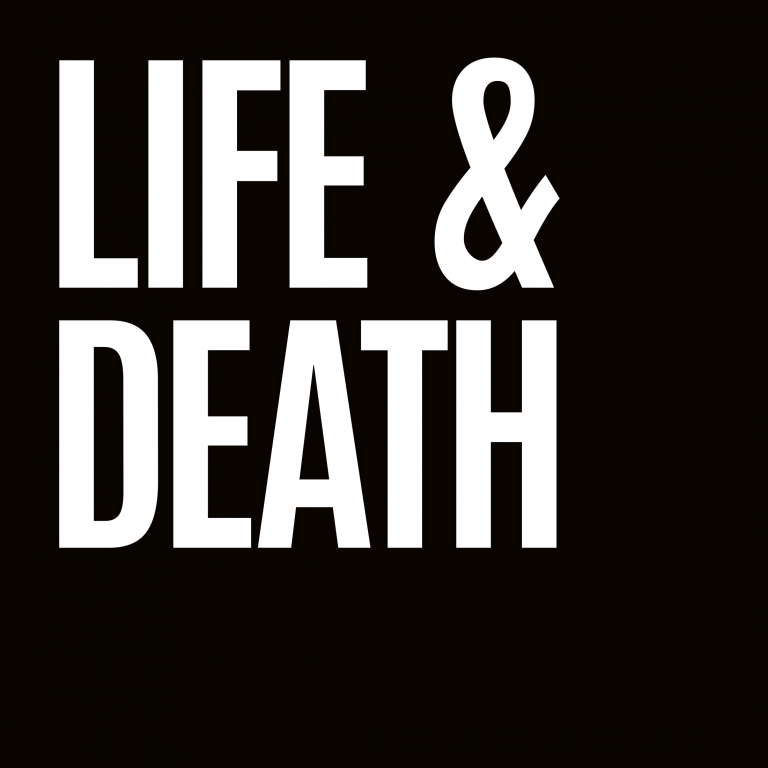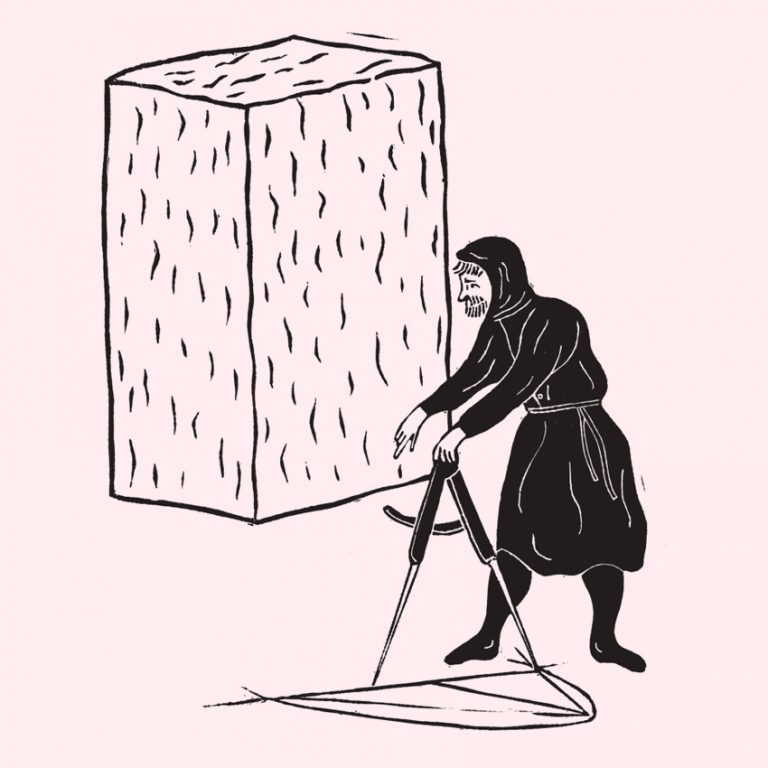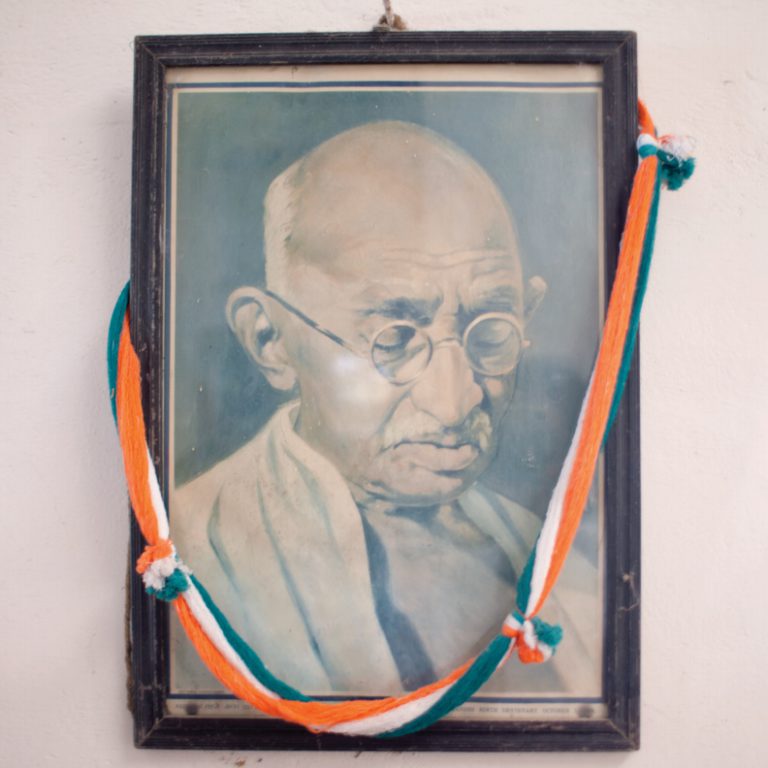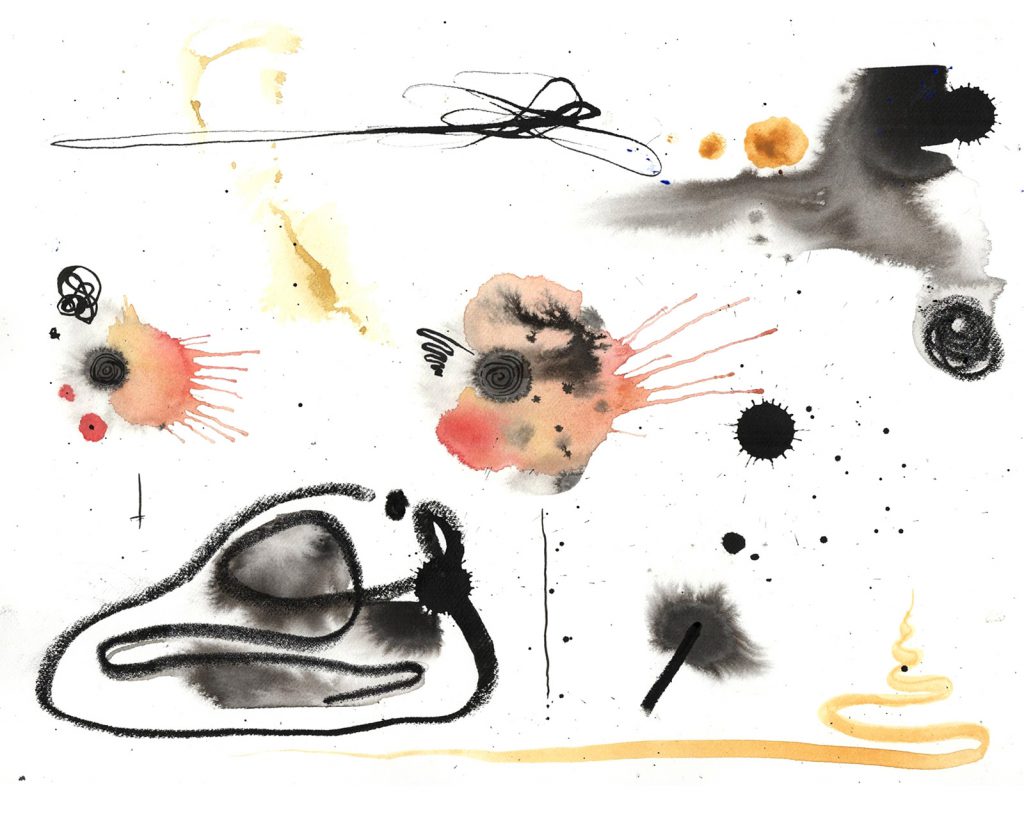
The eye doctor shined a bright light into my left eye as I realized, I have stopped thinking of the future. The day was hot, the air dry. I was slowly and surely going blind, from a progressive, incurable eye disease. On my way home, I could smell wildfire smoke. Shadows trailed the edges of my vision. I could sense the echo of a painting, the searing red of rosehips left to rot in memory.
The corners of my vision that have disappeared are not the pure darkness you imagine – they undulate and shift with pixels, with moments of grey and black. And even in that imagination of pure darkness is an ideology. Pathologized in an industrialized Western culture, darkness is seen as threat, something that must be enlightened and dispelled through linear rays of illumination. Counter to the association of darkness with fear, in his 1933 essay, In Praise of Shadows, Junichiro Tanizaki observed a world changing around him that was being washed away in brightness. Tanizaki laments the incessant light brought by Western industrialization and street lamps, the disappearance of a “world of shadow”. Through architecture and art, Tanizaki unpacks the longstanding cultural value and reverence of darkness in East Asian aesthetics. Darkness, as Tanizaki shows us, is not flat, nor is it a gaping void, an absence, or a shiny black mirror. Instead, it is a visual place, where complex beauty and tranquility arises, as many-layered as the colours we see in sunlight. As with Buddhist writings on nothingness, it can be easy to read Tanizaki’s text with a quaint, romantic Orientalism – yet Tanizaki’s explanations on the deeply sacred importance of darkness is a cosmology that must be experienced in order to be understood.
A foreclosed future is like the streetlights that dispel the world of shadow, that wash away the moon.
The capacity for sensing light slowly leaves my eyes, over weeks and months, and during this time my other capacities increase as I come to praise more shadows. Through the pandemic, I read the traces of uncertainty for others. I shuffle my tarot cards and decipher the spread before me, over video, over the phone, over voice memos. Near-future jobs and past lovers dot each spread, and the childhood trauma you thought was gone is still there. I tell my clients, Time is a fiction that can be crossed. What I see is not the future, but the story of a cycle. Like a threaded needle moving through a piece of fabric, we slip through time. All I am doing is relaying to you this moment, relaying to you the information from the cards, the stories that spring from the sublime of the shadows. Some clients ask me, “Well then, what does the future hold for me? Can’t you just tell me?” These stories spring forward, ever constant in their change, I reply. Any attempt to say the future is already written is a scam.
A foreclosed future is like the streetlights that dispel the world of shadow, that wash away the moon. While inference is the art of interpreting data to create a model of a system, prediction is intended to forecast future behavior. Both require inputs of data, and the process requires defining which variables are relevant to a system. As a predictive tool, tarot is narrow and static, relying on the idea that who you are today is who you will be five years from now, that the forces of awareness, your relationships and your world will remain unchanging. How strange if your desires today are the same five years from now. As an inferential tool, tarot is a knotty, complex map of signs and symbols that make meaning, and a reading is a space to put together some kind of mental model of the querent’s world. There is a widely circulating tarot reader meme that summarizes this inferential process perfectly – a chart titled “Tarot Reading”, with 90% of the pie chart labelled “Things you already knew”.
When “[a]ny sufficiently advanced technology is indistinguishable from magic”, the lines between divinatory tools like tarot and predictive technologies like machine learning will always be blurry, revealing the nested systems we live under.¹ The logics of both divination and predictive tech underscore the ways “ethics”, the “intrinsic good” and the “intrinsic bad” are instantiations of power more than they are anything absolute. The tarot card Justice depicts the layered nuances of power versus static ethics. As number 11 in the Rider-Waite deck, the card depicts a familiar version of Lady Justice, or the Roman goddess Iustitia, holding scales that weigh the support and opposition of each side in a case. Rationality and facts reign supreme in Iustitia’s court.
Yet dig a layer deeper and you will find a starkly different understanding of Justice, an image based on the Egyptian goddess Maat. Upon death, Maat holds her scales for a vastly different reason, weighing your heart against a feather, marking the weave of power and the way it threads through systems into our daily lives. This different reading of Justice prompts: In what ways have you used power in your life against others? In what ways have you addressed harm, in what ways have you attempted repair? In what ways have you yielded power so that others with less of it may gain some? When you take power, do you intend to take it for yourself only? And in a society where money, power and respect are interlinked, what is your relationship to these three?
The logics of both divination and predictive tech underscore the ways “ethics”, the “intrinsic good” and the “intrinsic bad” are instantiations of power more than they are anything absolute.
Tarot readings reveal how structures of dominant power condition and create social fictions – the idea that prediction is certain, that the future cannot change, that there is a mathematical average or “normal” that bodies and minds tend towards. Historian Ian Hacking has long traced the ways probabilistic thinking has had to be created and constructed. In his book, The Taming of Chance, he notes how the mechanisms of probabilistic thinking came from transposing astronomy onto human bodies, creating an “average man”, and extending into fields of social psychology and Sir Francis Galton’s eugenics. This notion of “average” has been dispelled numerous times, more recently by Harvard professor Todd Rose. According to Hacking, even after twentieth century physics showed that the universe is not purely deterministic, and causality is vastly less relevant than originally thought, probabilistic thinking persisted.
Long before predictive technologies created vectors of power in social systems, ranging from shaping conceptions of beauty to measures to counter expected rates of recidivism, divination was used to maintain the status quo. Now deemed “unscientific” and “irrational”, the historical use of divination to concretize power is a palpable reminder that ways of thinking and knowledge-making are always suffused with ideology and shaped by the specifics of power. What is considered logical today may be considered irrational tomorrow. Rather than divination as inference, divination was used by governing powers to foreclose a future. Magicians and alchemists in imperial courts sanctified the imperial order, arguing that the roles of emperors and queens were written in the stars, written into pools of water, written into landforms and animal bones.
In Queen Elizabeth I’s court, it was John Dee, a polymath and court magician who sanctified the project of empire. Dee and other magicians engaged in what historian Jafe Arnold calls “esoteric imperialism”, or “occult colonialism”. It was intrinsically tied to a “cosmopolitics” that was “synthesized out of the occult sciences, various meta-historical schemes and narratives of an eschatological or apocalyptic bent, and the affirmation of a need for a religio-centric governance.”² Through scrying, or the divinatory practice of gazing into mirrors and pools of water, John Dee coined the term “British Empire”, a naming that would destroy worlds several times over, solidifying its seemingly natural terms. Part of Dee’s visions, according to Arnold, centered on bringing about the end of the world. By conquering the world, the last monarch would reign and Judgement Day would come, bringing with it an “eternal Sabbath” of peace. Following this imperative made the “British Empire” manifest, thereby enabling the monarchy to gather wealth and accumulate power. These terms hold to our present day. The British monarchy, the heirs of what used to be the British Empire, still benefit very materially from the consequences of staring into an obsidian scrying mirror hundreds of years ago.
Staring and seeing go multiple ways. I cannot tell if Justice in the tarot is blind. That is another common depiction of Justice – blind or blindfolded because it should not matter how wealthy or powerful people are in a situation. The truth will come through and somehow “right” will prevail. Yet we live in a world where wealth does change how truth is perceived, and in that context, a blind Justice seems like she is fumbling for the future through the threads of the present, rather than seeing a situation for what it is. While Justice is card 11 in the Rider-Waite deck, it was originally numbered eight. The Strength card originally sat where Justice is. It is in the Strength card that I see the possibilities opened by a reading of Justice as repair and power. A woman stands, with her eyes closed, an infinity sign representing the innumerability of the world above her head, an endless flow of knowledge. The knowledge she channels is not individualistic, but is wise and full of fortitude because of its interconnectedness. Through compassion rather than force, she caresses a lion. Rather than grasping, rather than distilling into variables, the card represents the refuge that mending the present can bring. In this, is another form of power.
1. Clarke, Arthur C. Profiles of the
Future: An Enquiry into the Limits
of the Possible. London, Pan, 1983.
2. Arnold J. Esoteric Imperialism: The Solomonic-Theurgic Mystique of John Dee’s British Empire. Endeavour. 2019 Mar- Jun;43(1-2):17-24. doi: 10.1016/j. endeavour.2019.05.001. Epub 2019 Jul 5. PMID: 31280904.
2. Arnold J. Esoteric Imperialism: The Solomonic-Theurgic Mystique of John Dee’s British Empire. Endeavour. 2019 Mar- Jun;43(1-2):17-24. doi: 10.1016/j. endeavour.2019.05.001. Epub 2019 Jul 5. PMID: 31280904.
